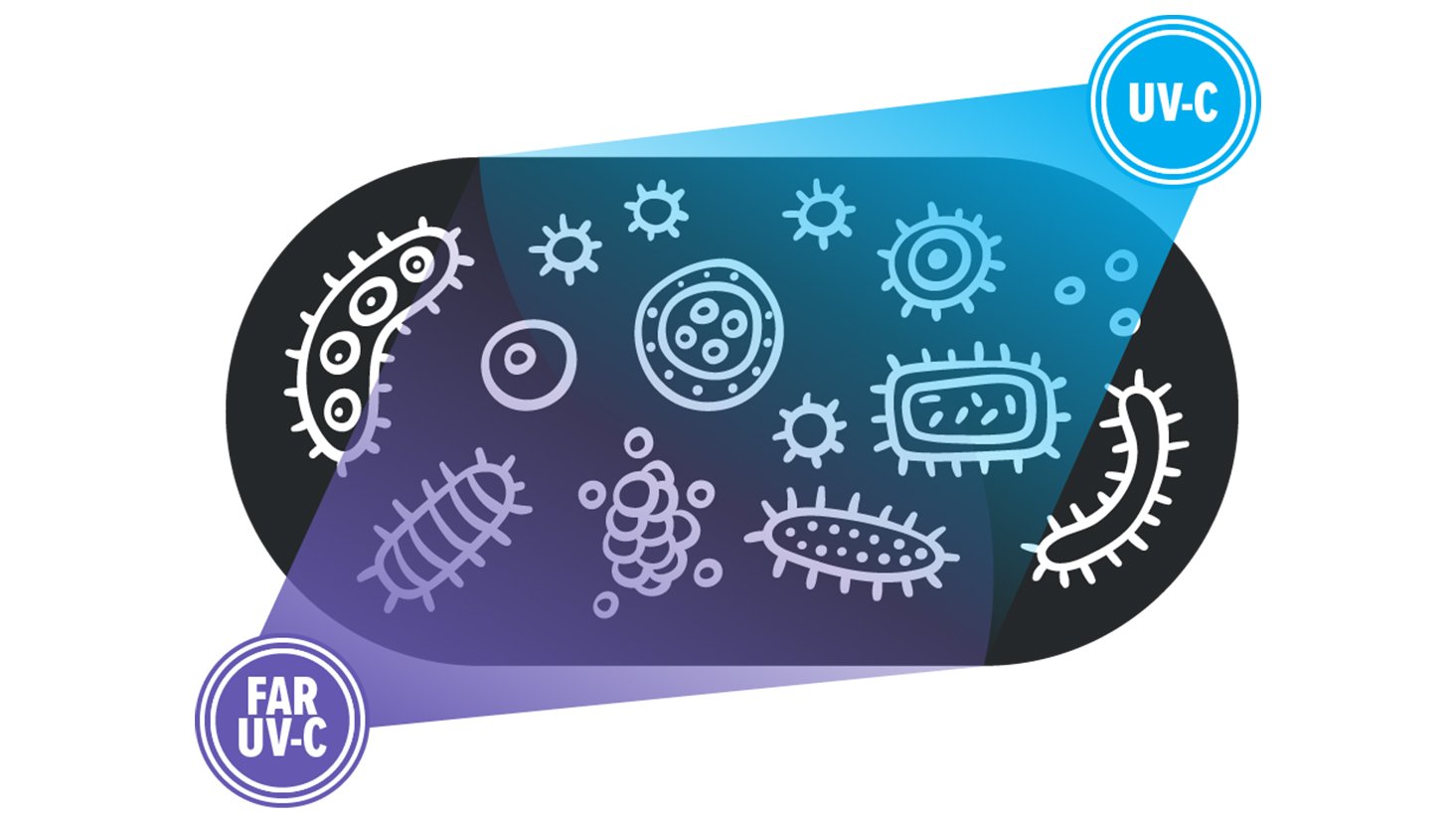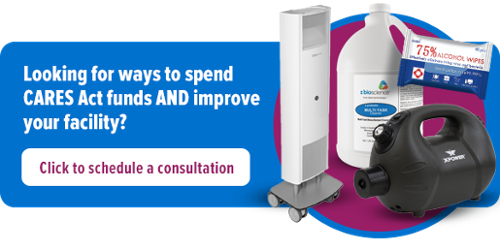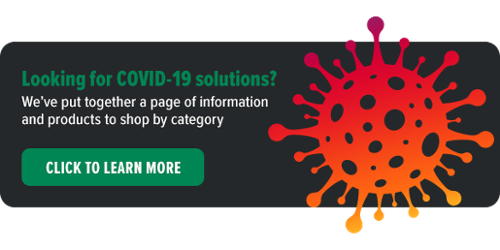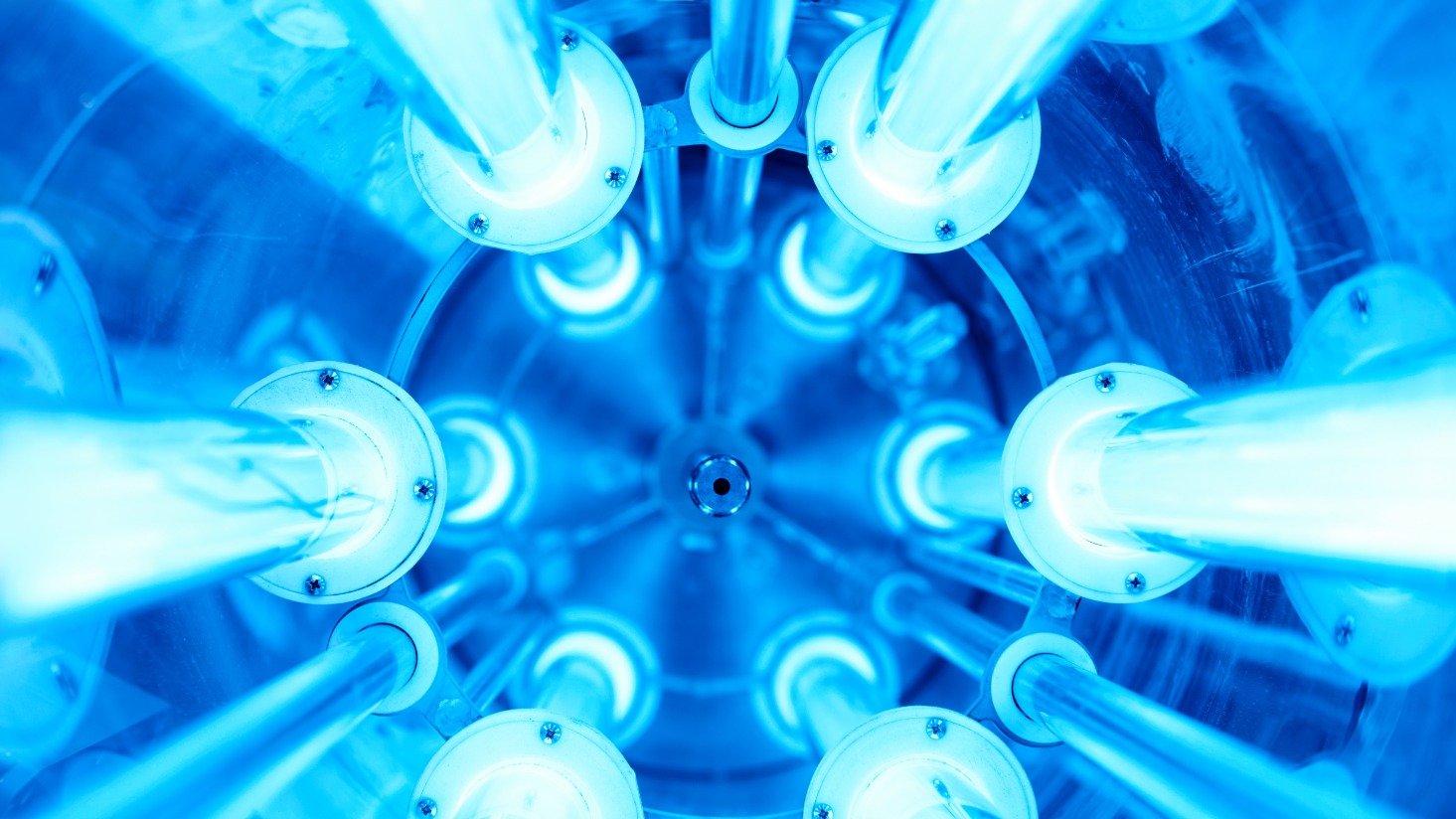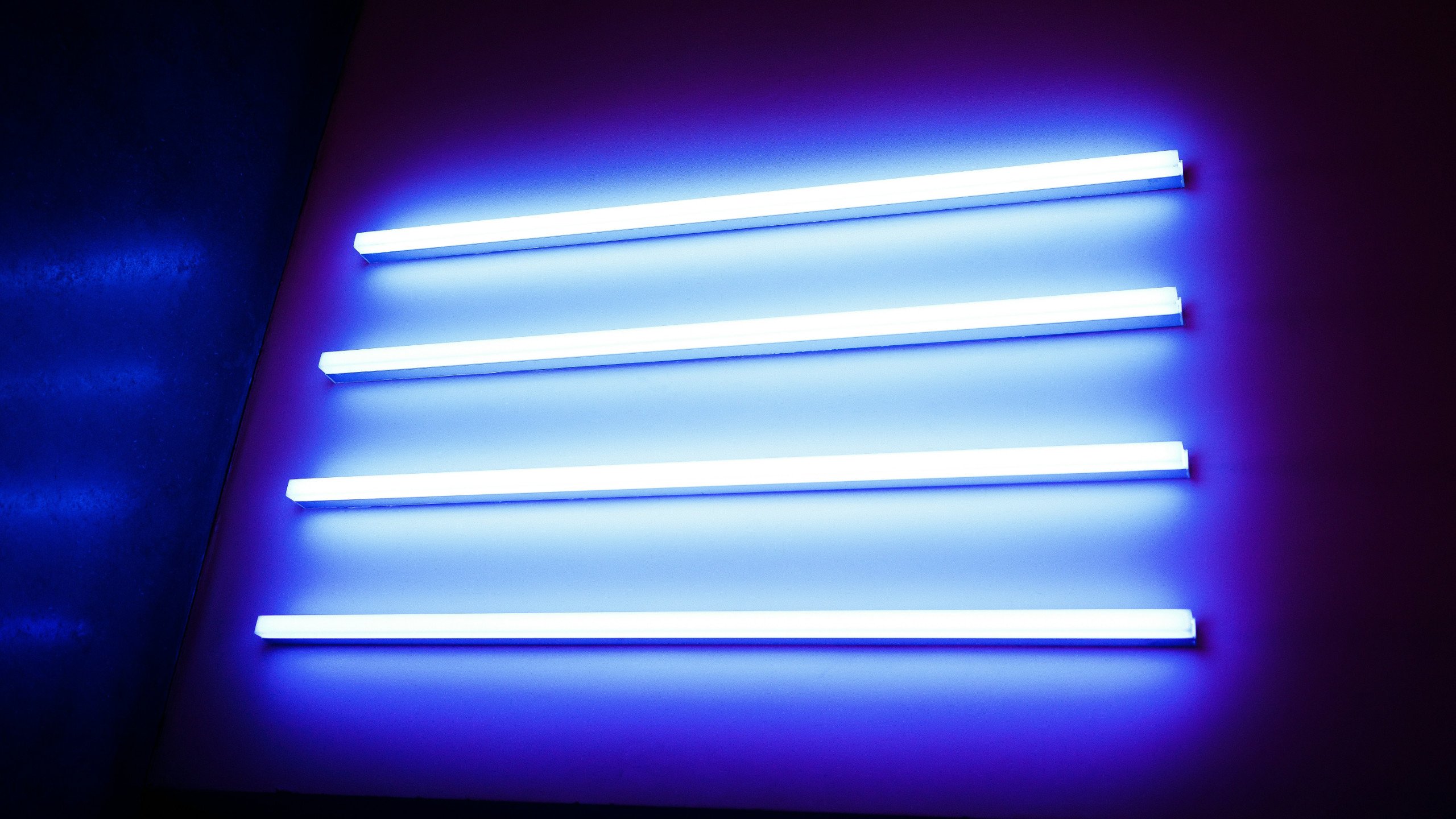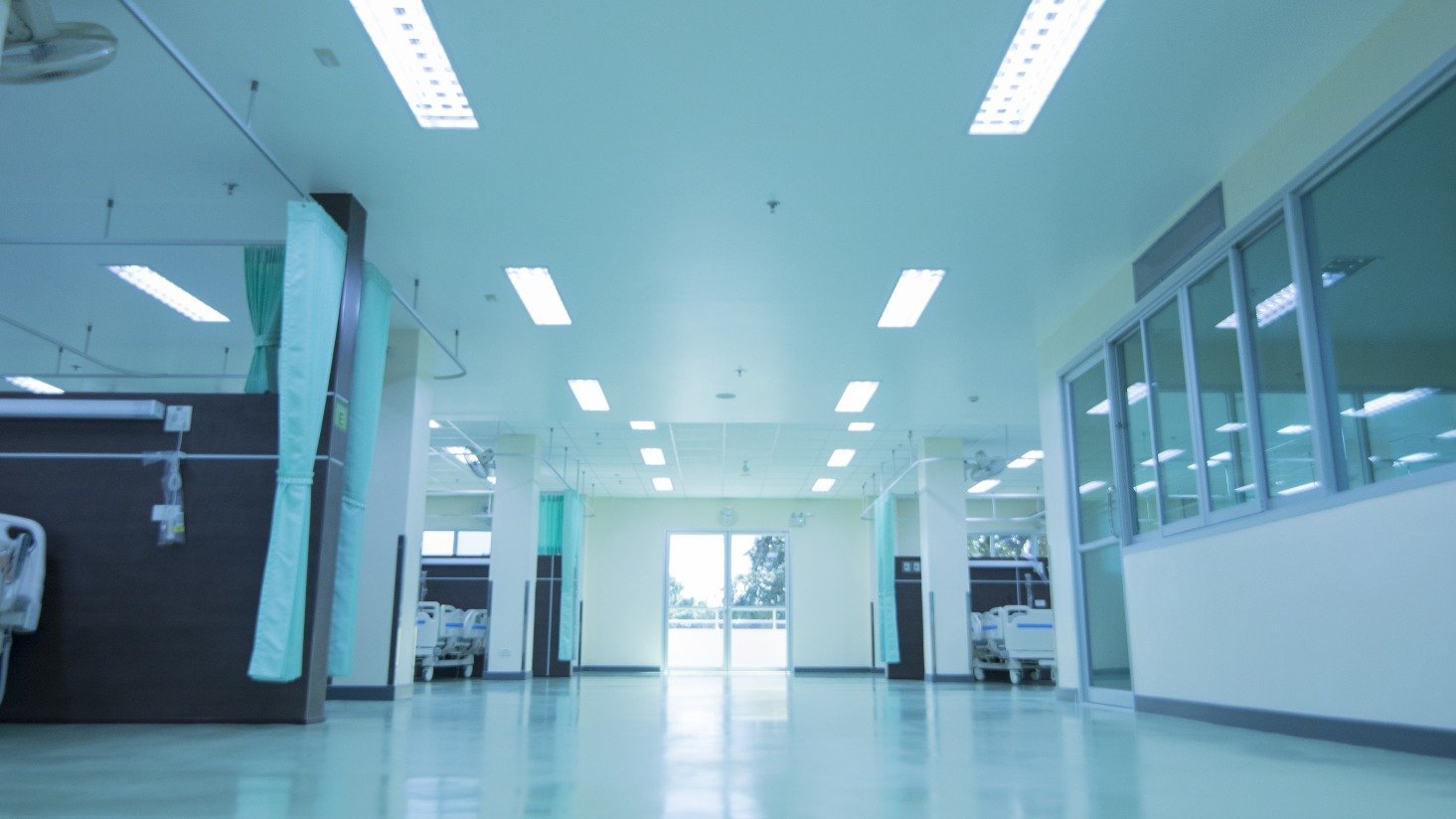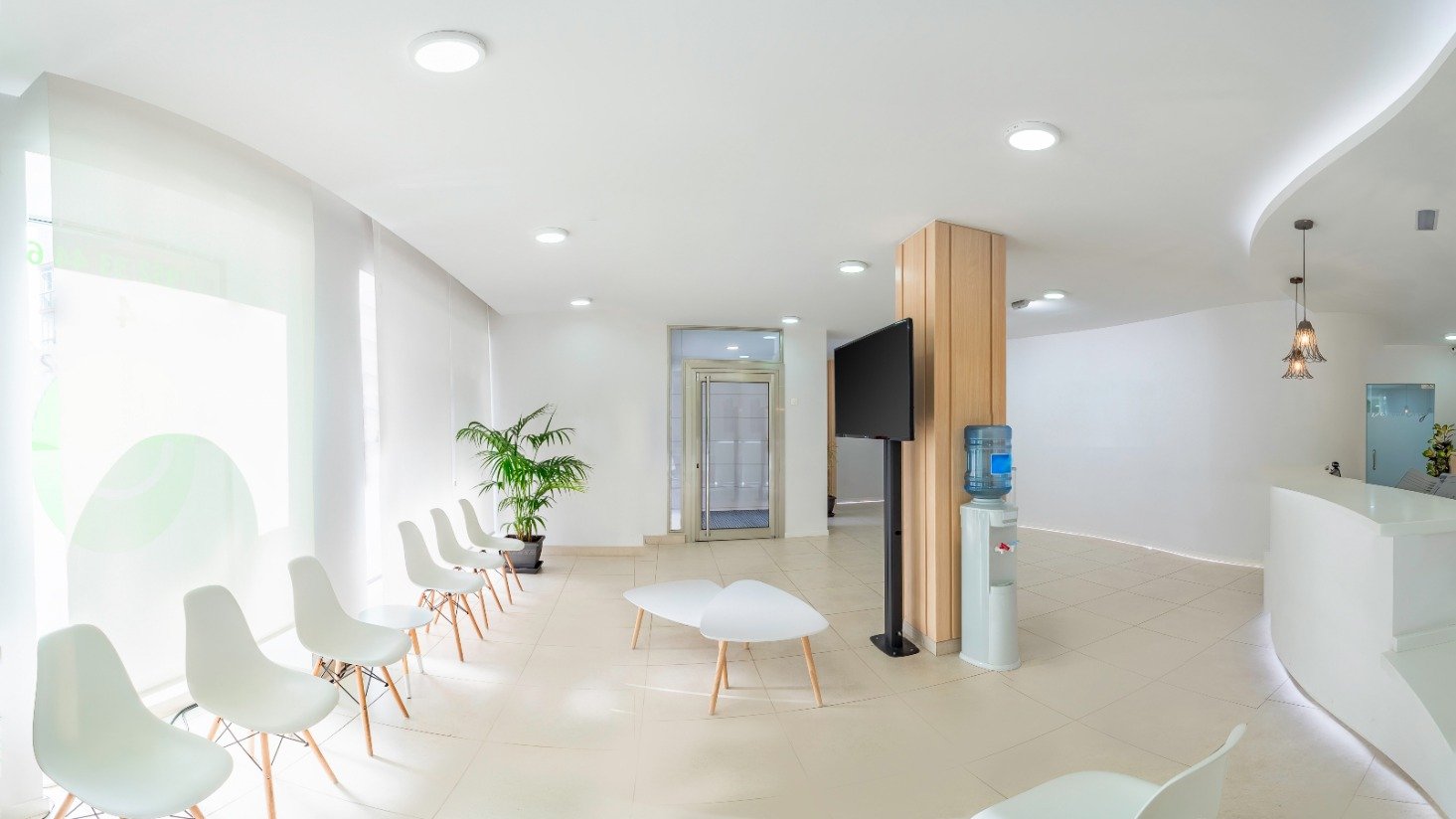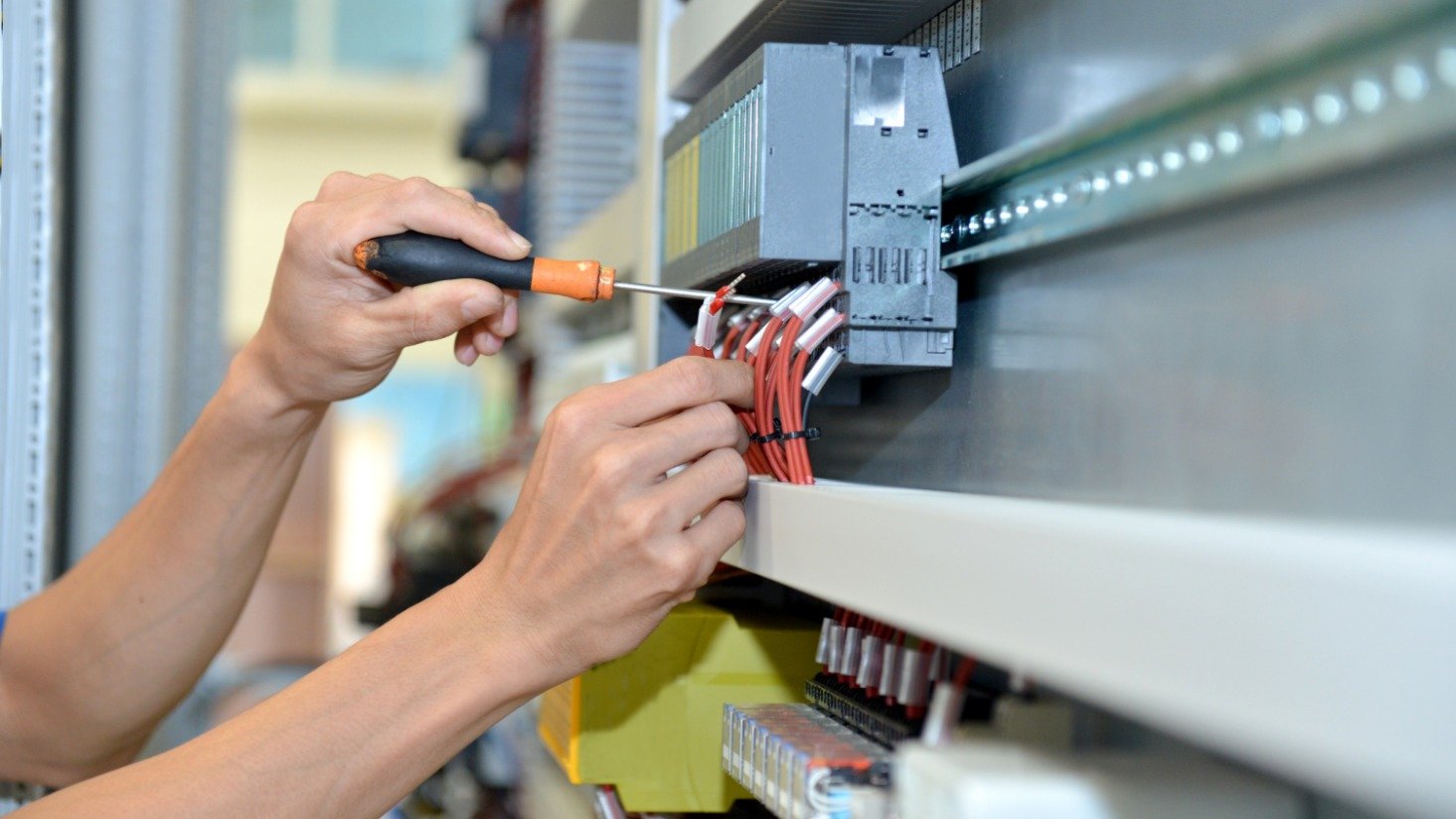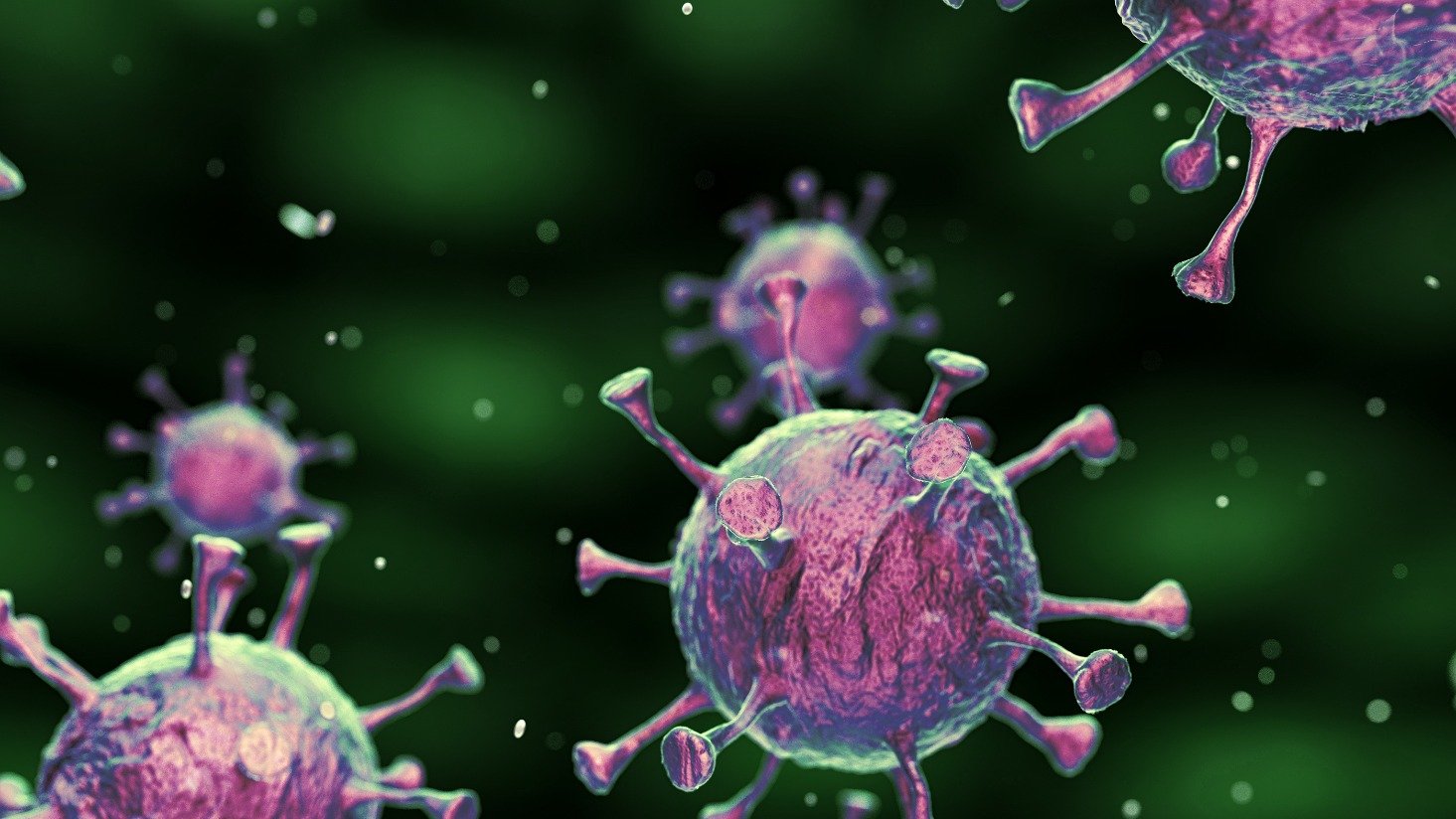What's the difference between UV-C and Far-UVC?

If you've looked into UV products, you might have noticed two different options: UV-C and far-UVC technology.
Both types of products use wavelengths within the UV spectrum to disinfect air and surfaces, so what's the difference between them? Can they both be used in the fight against COVID-19?
The largest difference is most UV-C products use 254 nanometer light and most far-UVC products use 222 nanometer light. Unless you're a scientist or you've read up on the UV spectrum, that probably doesn't mean much to you.
We'll explain how UV-C and far-UVC work and the pros and cons of each technology.
What is UV-C?
Scientists discovered UV-C (also called germicidal UV) more than a century ago. Since then, it's been studied and used in applications like water treatment and preventing the spread of pathogens in hospitals.
The UV-C spectrum includes wavelengths from 200 to 280 nanometers. These wavelengths are known for the ability to eliminate 99.9% of pathogens, such as viruses, bacteria, fungi, and mold spores.
Most traditional UV-C products (like low pressure mercury lamps) use energy from the 254 nm wavelength because scientists found it the most effective. UV-C LEDs, which are relatively new to the market, are generally 260 to 280 nm. Other products use broad spectrum UV, which is a combination of wavelengths found in UV-A, UV-B, and UV-C ranges.
Recently, scientists found UV-C light can kill SARS-CoV-2, the virus that causes COVID-19. More businesses have started to add UV-C products to protect their employees, tenants, and customers.
Pros of UV-C
- Fast disinfection – UV-C products can inactivate pathogens in minutes. Even a five minute cycle will help eliminate viruses and bacteria. Even though UV-C products work quickly, you should always take into account several factors like intensity, distance, and time when you're finding the right UV dose.
- Proven track record – Study after study for the last century has proven that UV-C light can disinfect air and surfaces. Hospitals and medical buildings have used UV light for decades. It's helped reduce transmission and gotten rid of some of the hardest to kill bacteria. Experts in the lighting industry, like the Illuminating Engineering Society, agree that UV-C is effective and safe when used correctly.
- Multiple applications – There are multiple applications for UV-C and they all work a little differently to disinfect air and surfaces. Products like upper room UV-C fixtures and UV lights for HVAC equipment target air disinfection and help reduce transmission of pathogens. Products like UV-C fixtures and mobile UV units target surfaces in rooms or areas. There are most likely UV-C products that will work for your business.
Cons of UV-C
- Harmful to skin and eyes – The biggest drawback of UV-C products is you can only use it in unoccupied rooms or areas. UV-C products can burn the skin and eyes. There are certain products, like upper-room germicidal UV and HVAC UV products, that can safely eliminate pathogens in occupied areas. However, caution is still required for the maintenance of those products.
What is far-UVC?
Researchers started focusing on far-UVC in the last decade. Far-UVC uses a lower range of wavelengths (between 207 and 222 nm) for disinfection. Most far-UVC products contain 222 nm light.
When you ask experts in the lighting industry about far-UVC, there is mixed reaction. Some experts believe far-UVC is safe for humans. Others say there is not enough evidence to back up those claims.
Dr. David Brenner, a scientist at Columbia University, started talking about the benefits of far-UVC several years before the COVID-19 pandemic.
Dr. Brenner gave a TED talk about the benefits of far-UVC against superbugs like coronaviruses and the flu. He believes far-UVC is a tool that can be used to limit the transmission of SARS-CoV-2 in public places.
Dr. Brenner is continuing his research on far-UVC and just released a study in June explaining how far-UVC kills coronaviruses.
The International Ultraviolet Association is taking the opposite approach and believes far-UVC is not ready for widespread applications yet. Their argument is based on limited testing on humans.
However, scientists are starting to test far-UVC on humans. A study published in August 2020 tested the safety of 222 nm light on human skin. Scientists exposed patients at hospital in Japan to doses as high as 500 mJ/cm2 .
To put that in perspective, the current threshold limit for far-UVC products is between 22 and 23 mJ/cm2 .
If you'd like to read more into each side of the debate, we have several studies and reports on far-UVC posted here. One study found the safety of far-UVC essentially depends on the quality of the product.
Pros of far-UVC
- Safe for skin and eyes – According to most research, far-UVC products are safe for skin and eyes. Far-UVC does not penetrate the outer layer of skin or eyes, so it doesn't cause any tissue damage.
- Constant disinfection – Because far-UVC is safe for skin and eyes, products can run constantly. They can work at all times to kill pathogens like viruses and bacteria so you are never starting from ground zero. UV-C products only target germs during a timed cycle when no one is in the room.
Cons of far-UVC
- Limited testing – The biggest concern from industry experts about far-UVC is limited testing on humans. Although studies on mice show no long term effects, there are no studies on the long term effects on humans.
- Slow disinfection – Right now, there are limits to the amount of UV energy in a space, which requires far-UVC products to operate at a very low dose over a long period of time. 23 mJ/cm² is the threshold limit value for occupied spaces.
- Limited product offering – Because far-UVC technology is so new, there is limited product offering. There are only a few manufacturers producing far-UVC products, and you want to make sure you choose a trusted and reputable manufacturer. Even manufacturers producing far-UVC only have a few fixture options. This is likely to change in the next few months and years.
UV-C products vs. Far-UVC products
Now that you know the pros and cons of UV-C and far-UVC, how do they really stack up against each other?
Here's a comparison chart:
| UV-C | Far-UVC | |
| Wavelength | 254 nm | 222 nm |
| Safe for skin and eyes | No | Yes |
| Track record | 100+ years | 10+ years |
| Product availability | Wide range | Limited |
We will most likely see more far-UVC products on the market in the months and years to come as more manufacturers focus on the technology. Scientists are continuing their research into safety.
Meanwhile, UV-C products continue to be a solid and reliable source of disinfection for a wide range of industries, including hotels, retail stores, restaurants, schools, and more.
Finding the right UV products
With new products constantly popping up on the market, selecting the right UV-C product is not always easy.
Our lighting specialists are here to walk you through the process and help you choose the right products based on your priorities. Please do not hesitate to contact us with questions.
